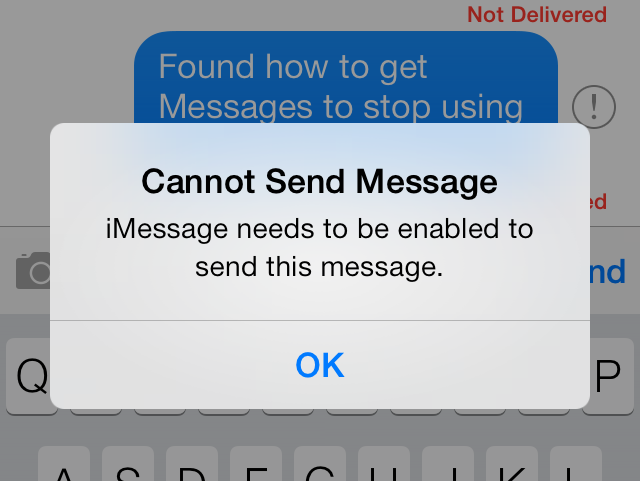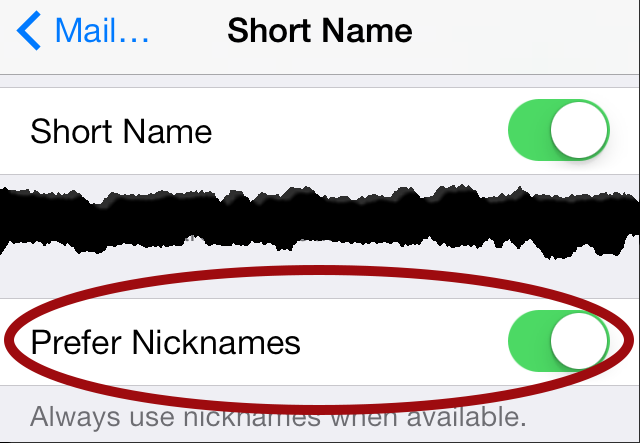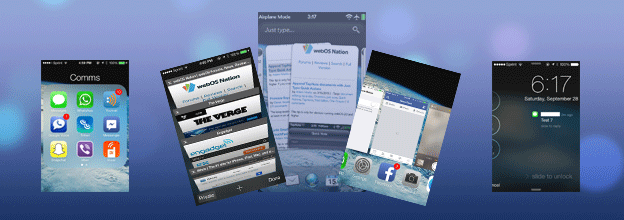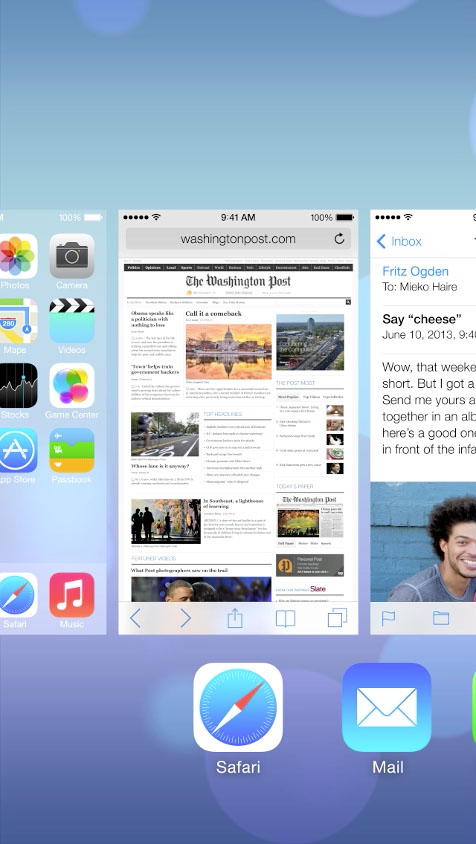iOS 7: Apple Removes Text Messaging Options in Messages

No Text Messages For iDevices! iMessage or the Highway!
There are numerous stories reporting on an iMessage bug or outage that meant that iMessages failed to send or took a long time to send. In iOS 6, this wasn't too big a problem, because users could pretty easily just resend that failed message as a text message. Not in iOS 7, at least based on my own iPhone 4S.
When iMessage failed in iOS 6, resending a message as text message could be done two ways. One way to invoke that was to long-press on a sending message, then tap "Send as Text Message" from the context menu. That was also an option when an iMessage failed to send. Tapping on the red exclamation point next to the failed iMessage would bring up a dialog box with the option to "Send as Text Message".
Neither of those options seem to be available anymore. So, Apple has stripped away the abilty to choose to use normal text messaging between Apple's devices (iPhone, iPads, Macs?) when iMessage fails. The only way to send text messages between two "i-devices" is when one of them has iMessage turned off in Settings > Messages.
Sending messages to those without iMessage (so, all non-Apple phones) continues to be available as it should be.
Read more





April 17, 2014
Matias Duarte’s “Mobile is Dead” Emphasizes Designing for PDIs
In a video interview with Josh Topolsky for The Verge, Matias Duarte, Head of Design at Android, and formerly of webOS fame, said, "Mobile is dead."
via Matias Duarte, Head of Android Design on the Death of Mobile — Our blog.
There've been a number of articles recently that resonate with this idea, and the core of it is the need for design to be more user-focused than ever, but with the expanded vision of their activities and experiences being distributed throughout their lives, days, devices, and environments.
That's the idea behind my "Personal Digital Infrastructures (PDIs)"—which I first mentioned in User Experience of Ecosystems—and, with the forthcoming mainstreaming of wearables and The Internet of Things, it's an idea that will only become more important.